

Aspiring makeup artists, be prepared! Learn all the terminology you need to know before you go on set!
By: Mary Erickson | Founder, Camera Ready Cosmetics
I got this question from a young lady just getting her start as an on-set makeup artist. I realized what is valuable to her can be invaluable to many up and coming artists, so I'm sharing it all here. My hope is that young artists are better prepared before entering the competitive world of makeup. Feel free to share these tools to the makeup artists you know.
Last looks – When you hear “last looks,” get in there and do your finishing touches! They’re going to start rolling the camera.
Finals or final touches - See last looks above.
Speed - The cameras are on; you’ll hear “rolling” right after. Never step in to do touch-ups after you hear “speed.”
Rolling - You will be severely reprimanded if you make even the tiniest noise after this call. They are filming. Phone should always be off near the set!
What's your ETA? - "When the hell are you going to be done? Talent has been in your chair over 5 minutes!" Usually when this question is asked it’s because they want you to hurry up. The best thing to ask is “when do you need her, or him?” Just try to get what they need done when they tell you it needs to be done.
Hot Spot - If they are talking to makeup, they usually mean a shiny place on the face or head.
Dailies - Whatever was shot that day (film, video), usually used when doing TV and film. (The producers will review it.)
Talking Head - You will just have an upper body type of shot. Think of a TV news interview inset, chest-up shots.
On location - Anywhere not in the studio. Could be a house, a beach, the desert, the park, etc.
It's a wrap! - The shooting is completely over for this project.
One more for safety - They will do a retake of the last segment or shot just to be safe. It’s really never usually just one.
One last time - NEVER means one last time - Probably like 10 more times.
Key - The one in charge of makeup or hair or both. Key makeup and key hair are normally separate people, but not always. If you have a team of makeup people there should normally be a “key” in charge.
Set kit - The kit you carry with you out of the makeup room to the set or to the location.

Continuity - You need to make the talent look exactly like they did in the last shot in this particular scene, even if it's two weeks later. Better take good notes and a cell phone or digital photo close-up.
Kit fee - Fee you will get for your product usage. This is a TV/Video/Film practice and not commonly found in the print business.
Tear sheet - Ad or magazine page you will put in your portfolio or on your portfolio website.
Eye candy - The model added to the group of guys or background girl added to the shot to get attention, like the girl in a bikini holding up numbers at a boxing match. This term isn’t used much anymore.
Clean makeup - They don't want to see the makeup; very natural.
First hold - Client has a hold on you for a job. You will notify them if you get another offer, and at that time they need to confirm or let you go. This is a common term if you have an agent representing you.
Call time - Time you need to be at work. Better to be 20 minutes early than 1 minute late!
Craft services - The people that provide the munchies. (The most important people on any shoot.)
Mic the Talent - The sound person is going to hook a microphone to the talent.
Check the gate - In video/film this is when the camera man will check the film before moving on, to make sure the last shot was good.
Gels - The photographer and/or the TV camera crew put film over the lights that will screw up your makeup; usually used in-doors. When they use blue they hate you and want to make you look bad.
Blow him out or blow her out - The lighting is so bright the talents features will disappear; you can use more color and contour.
HDTV or High Definition TV - You will forget everything you know about makeup. You now have to make the person up so that they look great to the naked eye - what you see is what you will see on the TV or film. Now you know for sure this original list was made in the 90’s.

Losing light - You are using the natural light available for the shot and time is running out to get the shots required. This is usually said in a panic.
Glamour shoot - One where the model has a great figure and the photographer is going to try to see more of it. Ok, now I have offended all the photographers out there, I will add that the model is usually going for this look and the photographer has grudgingly agreed to do the shoot (insert sarcasm). There is usually very little money in this for the makeup artist.
Artistic nude shots - See glamour shoot (above) with different lighting.
Money shot - In photography this is the shot that will bring in the money; the cover shot, the best shot.
Beauty shot - When shooting a product, this is a shot of just the product, no models or talent. When a photographer is shooting a model and no product and says "beauty shot" it's usually a close-up face shot.
Martini - Last shot of the day.
Abbey Singer - Shot before the martini.
Stepping in - What you say when you are stepping on to the set in front of cameras. NEVER do this while they are rolling or the photographer is shooting.
Crossing - What you hear when someone is stepping through the shoot in front of the cameras.
Flashing - ALWAYS say this on set when you are taking any kind of flash photography, and say it loud enough for people to hear you. Otherwise be prepared for a lot of angry faces and reprimand.
Closed set - Only people who need to be on set are allowed on set.
Lock it up/ locking down - They are moments away from starting, so now is not the time to go to craft services.
Turnaround - Can mean two things: the camera is moving to shoot the other side of a scene or the amount of time you have in between shooting days.... for example, “you have an 8 hour turnaround.”

Hot points - Somebody, somewhere is moving something that can hurt you, and being on a set, they are moving it quickly. ALWAYS move out of the way when you hear this. Don't expect "please" or "excuse me"— just move! It's for your own safety.
Forced call - You mostly will find this with union projects. Depending on your contract, you are guaranteed a specific number of hours in your turnaround. So for instance if you have an 8-hour turnaround and production gives you a forced call (cha-ching) and you only get a 7-hour turnaround then they will pay you extra for the time they cut into your turnaround — a.k.a. forced call.
Video Village - The group of people that sit around the monitors. If you can get a seat there, make sure all the other higher-ups have gotten their seats. Vanities typically stand at video village.
Vanities – Makeup and Hair crew
Shooting on spec - This is not just a makeup term but a general term used mainly in photography. It means is that you are probably being asked to work for free and if the ad sells then they will pay you. These shots almost never sell and you never get paid.
Advertorial - This is an editorial that is actually a product placement ad. It's like the brand placement you see in film and TV, but in print. If someone shows up on your editorial and insists that you use this or that product in the photo it's probably an "advertorial" and you should be making more money (full commercial rates). The magazine can choose to use their sponsor's wardrobe and that's smart, but when they start insisting that the model wear "this exact necklace" or "this purse must be in the shot" regardless of how it flows, you are probably on an advertorial shoot. The biggest difference is where the money comes from. In an editorial the magazine pays for the crew, whereas in an advertorial the magazine may agree to add the sponsor's product if they buy an ad in that magazine or pay them in return for product placement. This turns the editorial into an advertorial.
Hard out - The talent and/or crew needs to be packed up, cleaned up, and ready to go at a specific time, and not a minute later.
Grace - When production asks you to delay your specified meal time so they can finish up a scene or shot before the crew breaks, without incurring meal penalties (i.e. paying you extra).
Test Shoot – A team of people, generally a model, photographer, makeup artist, hair stylist and stylist work on a photo shoot for their portfolios. These shoots pay nothing but with a good team you may get a good portfolio shot or two. These are very risky. A lot of time is wasted here, but it’s often necessary when you’re building your book.
TFP –Trade for print, Time for print. See “Test Shoot” above.
We'll fix it in post - We will fix it in the editing process usually means we’re too lazy, pressed for time or inexperienced to fix the problem now, so we will hope and pray that no one notices in the finished product. If anyone says this to you and an artist, don't believe them. Fix it now if you can, because you will probably be blamed when the problem never gets fixed in post.
Comment below, and share this article!




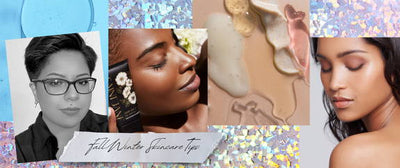
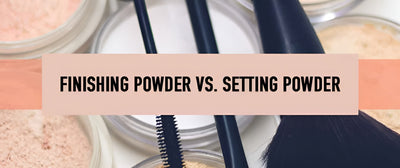
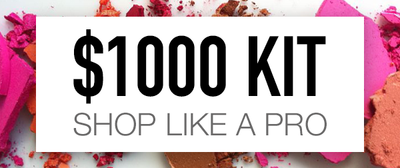
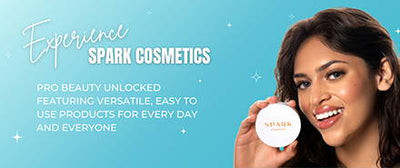
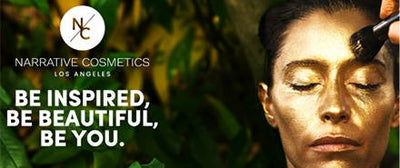
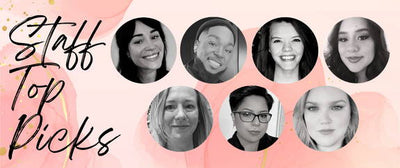



Thank you so much for this post
Great post!! Thanks SO much for sharing! ??
This was fantastic, wish I had a list like this when I started working on set. Well done! :)
you forgot tungsten/daylight- the 2 colors that light can range from. Warm to clean or ‘blue’..and blue doesn’t mean bad. It refers to daylight clear or uncontaminated by color. THE BEST light to do make up in!
And monitor- where you check how the talent looks. Ask if it has been calibrated. Best monitor? The DIT-
Don’t now who that is?….ask next time you’re on set! He will be your ‘go to’ guy for everything re: how the talent reads on camera.
Great refresher! I haven’t heard all of these terms before, so a few are really nice to know! Thank you for sharing! <3
Leave a comment